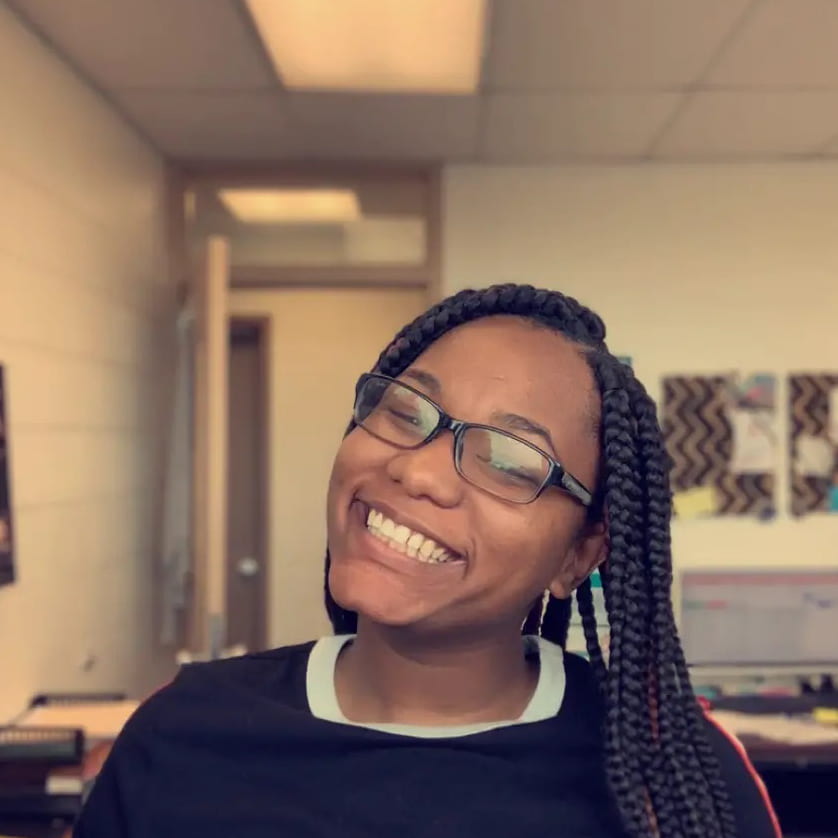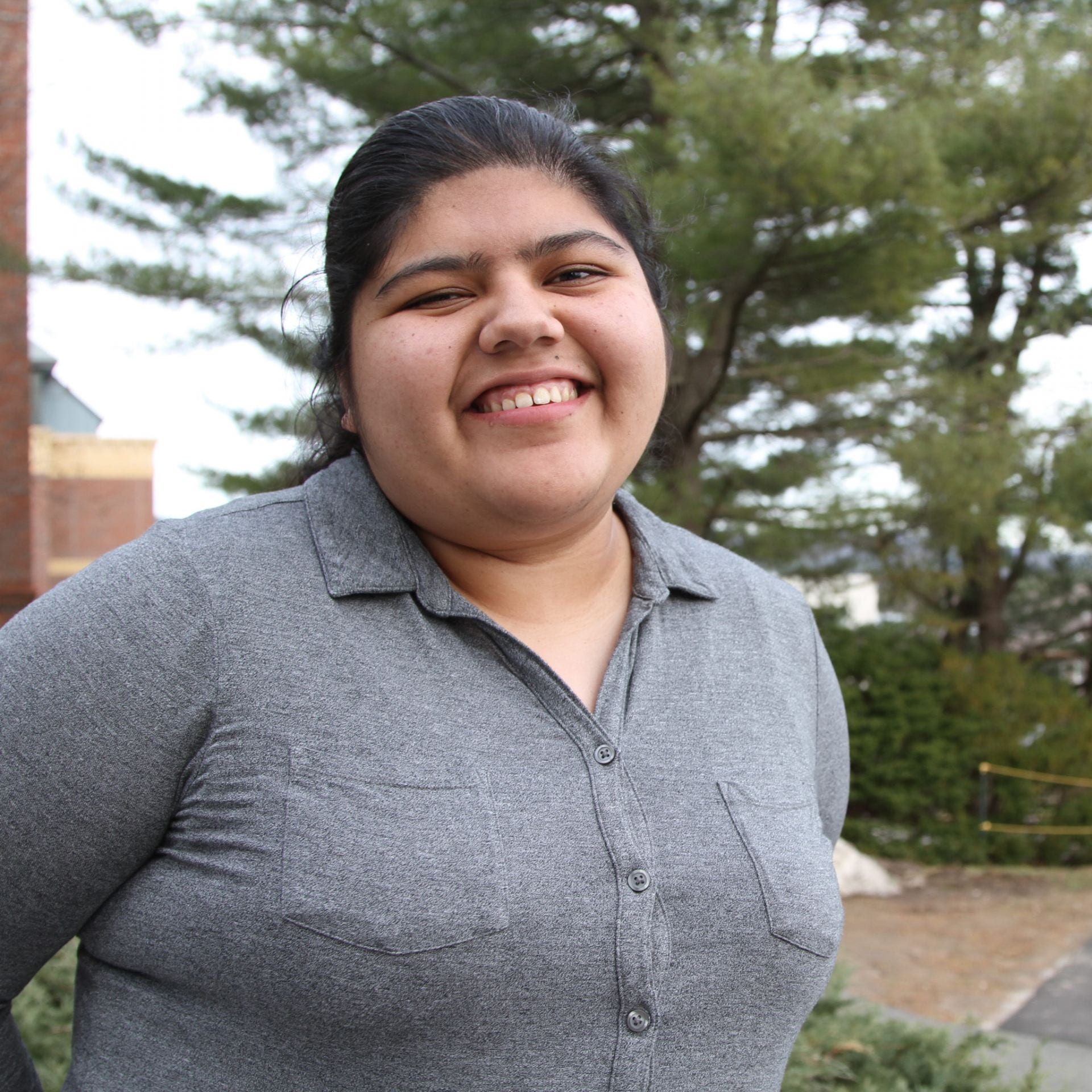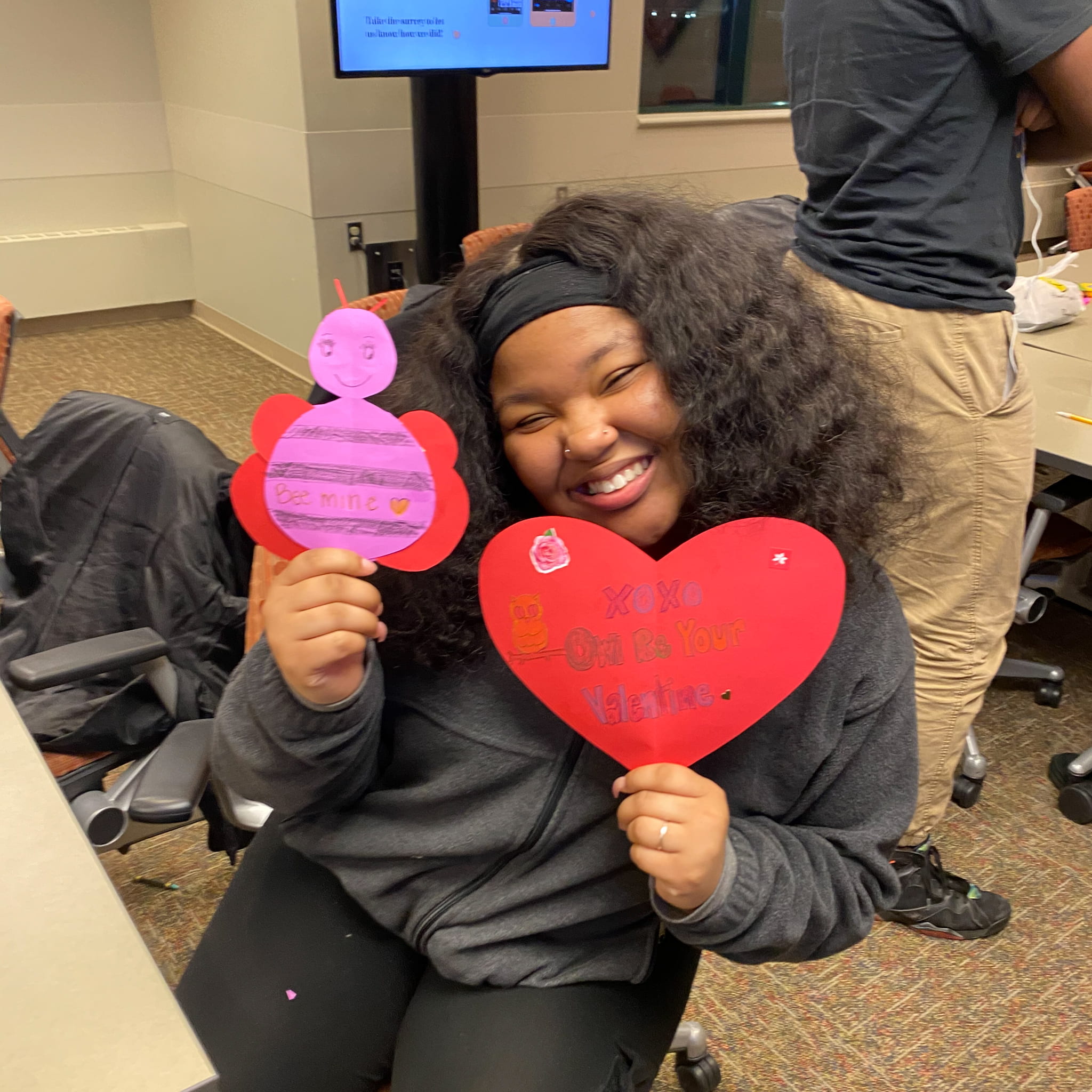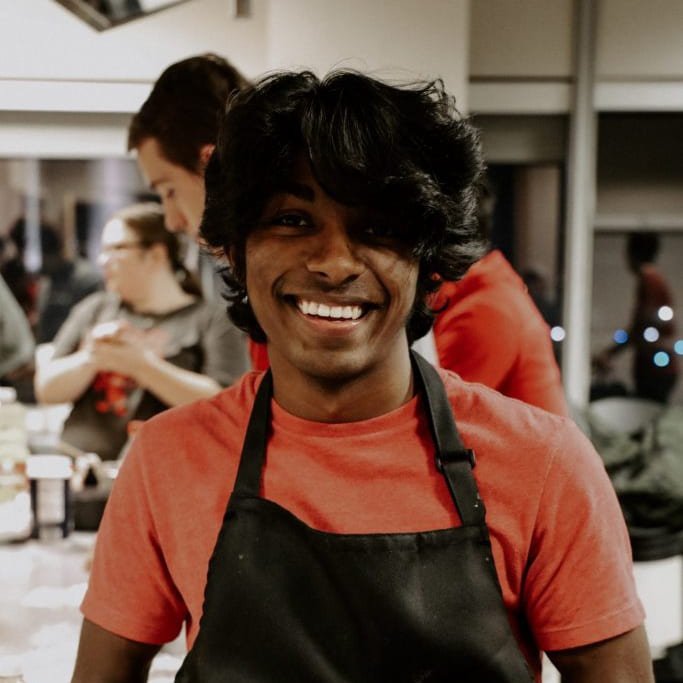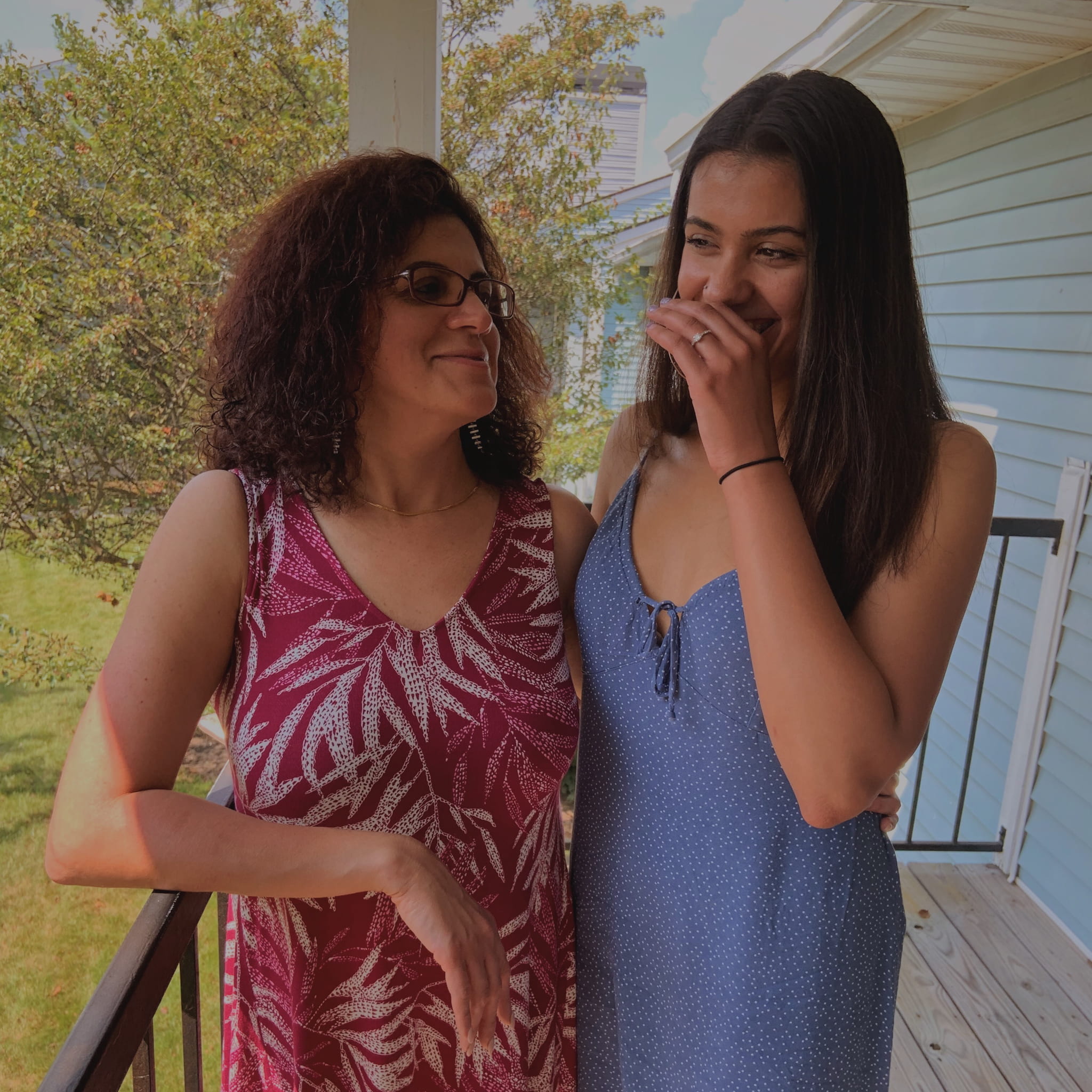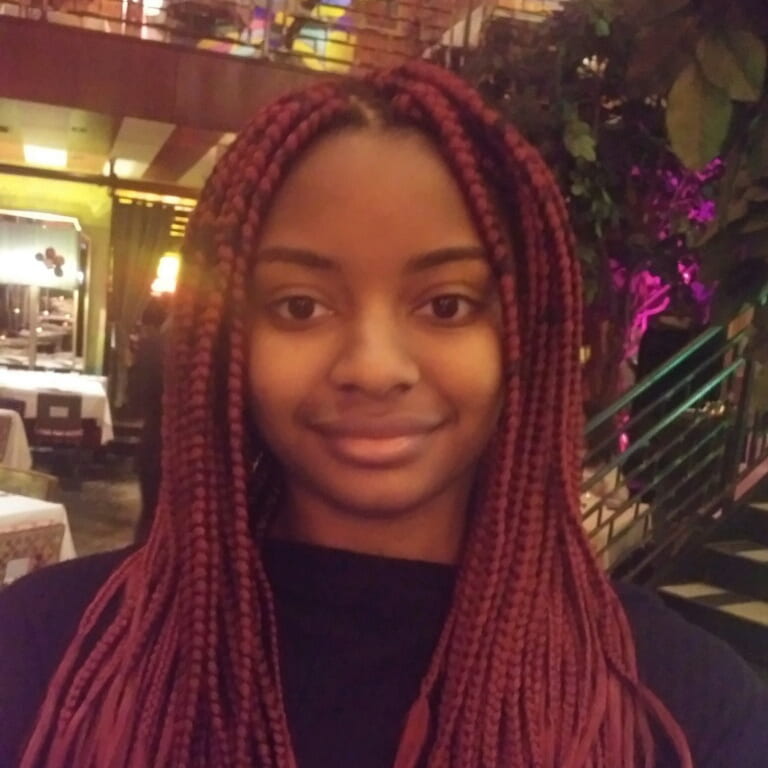The Road to Ohio State
by Jasmine HiltonFor students from underrepresented backgrounds, getting to college isn’t the first barrier they’ve overcome
Illustration by Ally Boyd
Walking along the criss-crossing pathways on the Oval and carefully navigating the route during the first day of classes marks the beginning of students’ college careers at Ohio State.
Thousands pass one another without a glance, never realizing the life experiences endured by some to get there.
For those from lower socioeconomic backgrounds, the systemic barriers mounting against them began far before they stepped on campus.
Finances are often a common thread that results in struggles ranging from attending under-resourced schools to living in communities plagued with drugs and violence. Then, add personal trials that strike students and their families.
Despite the odds, these students pushed past barriers and proved the system working against them wrong. Each road is different, but lined with traces of the same financial reality.
These are the stories of students in their own words. Some accounts have been edited for clarity and brevity.
About this Series
As of fall 2019, there is a total of 68,262 undergraduate and graduate students at Ohio State and its branch campuses.
Underrepresented groups at Ohio State, as listed on the fall 2019 enrollment report, include minority students, first-generation students or Pell Grant recipients, who receive financial assistance based on their family incomes.
One student could fall into each of these categories.
Among enrolled first-year students, one in four were minorities, just less than one in four were first generation and less than one in five received Pell Grants.
Out of Ohio’s 88 counties, Appalachian counties are among the lowest numbers of enrollment. Out of the 20 counties with the lowest enrollment, 18 are Appalachian. In 2018, less than 2 percent of enrolled students came from those 18 counties.
Each student in this series fits into one or more of these classifications, and while the numbers may help explain these students’ backgrounds, they’re exactly that — numbers. This project tells some of those stories behind the statistics.
“I love my community. I wouldn’t want to be anywhere else other than where I’m from. I don’t have nothing but love for my community. They made me who I am.”
Chyiah Johnson
First-year in criminology and criminal justice
“My hair wasn’t always super gray, but with the stress of dealing with school and life, my body is literally recording the fact that I feel like I have to work so hard to survive.”
Melisa Diaz
Ph.D. candidate in earth sciences
“That quote by Langston Hughes, a dream deferred? That has literally been my life. And when that happens constantly, over and over again, you lose your faith in life. You lose purpose. You just think, ‘You know, what is the point?’”
Angelique Latham
Second-year in communication
Mount Healthy, Cincinnati
“I wasn’t college bound, but I’m here now. It’s crazy. It’s really crazy. My teachers always said I had all this potential, but I never really accessed it.”
Khaila Washington, a first-year in social work, is the first in her family to go to college because she said she “didn’t want to be another statistic” in her community. Growing up in a dangerous neighborhood extended to all areas of her life, including in the classroom.
Racine, Ohio
“I want to be able to use my Appalachian identity, my first-generation identity, my low socioeconomic status identity, in a way that shows people I come from these barriers, but I’m still here, and you’re able to do that as well.”
Kendra White, a second-year in psychology, was the only student in her graduating class to attend Ohio State. From Racine, Ohio, an Appalachian town struggling with disparities such as poverty and the opioid crisis, she had to push past opposition and doubt about coming to Ohio State from her small-town background.
Santa Ana, California
“When you go through the FAFSA process, and then you have to write, ‘Zero, zero, zero, zero, zero, zero,’ when you have to physically put in and look at all the zeros, it’s when you realize how poor you are.”
Irma Zamora, a Ph.D. student in the Department of English and member of the Latinx Space for Enrichment and Research — a community of Latinx students and scholars engaged in expanding their presence in higher education, according to its website — is on a track to achieve her dream of becoming a tenured professor in Latinx literature. Along the way, she has faced struggles such as homelessness and working overtime to support her family back in California.
“Having a lot of money will make you a happy person, not because money is the source of happiness, but you were able to use it for what you want and what you want to do. It’s a tool. When you don’t have that tool, it’s very difficult. Life is very difficult. You have to make a lot of decisions, not because that’s truly what you want to do, but because you’re forced to.”
Angelique Latham
Second-year in communication
Whitehall, Ohio
“I can’t just move back home. My mom lives in a teeny, tiny apartment with my brother, and her Section 8 [housing] says she can only have this number of people there. It’s something that people really don’t understand, that there’s no fallback.”
Melisa Diaz
Ph.D. candidate in earth sciences

